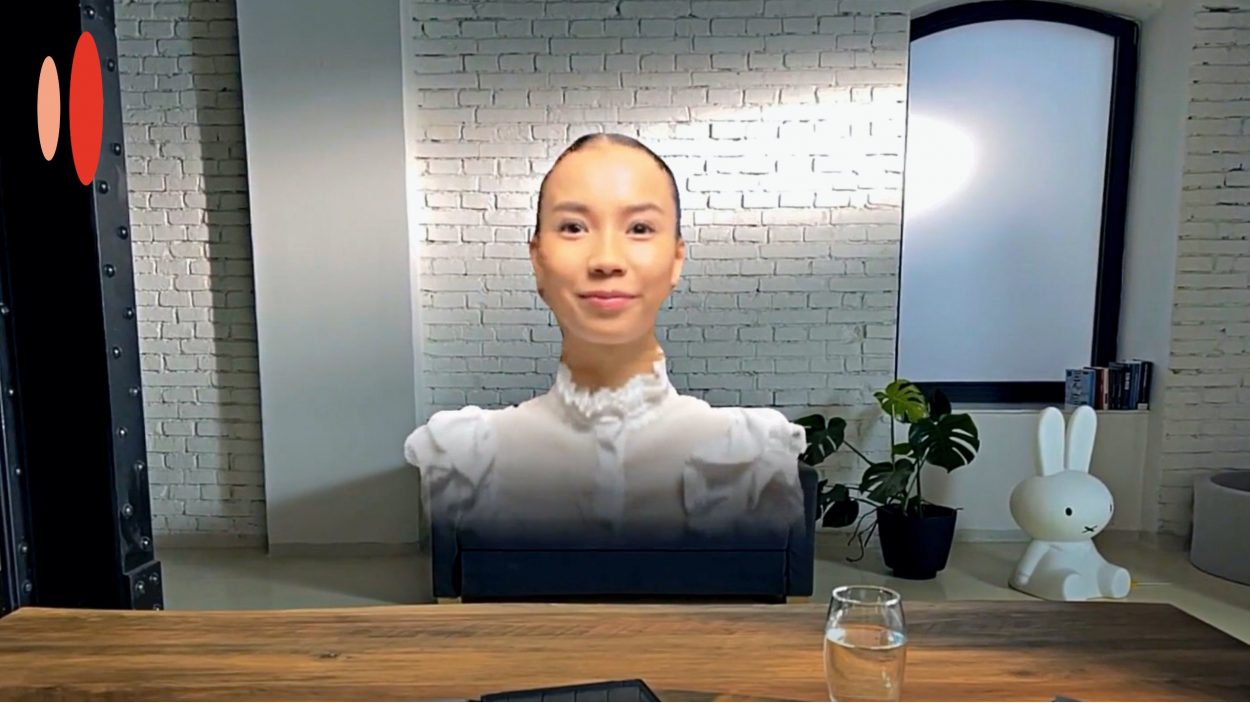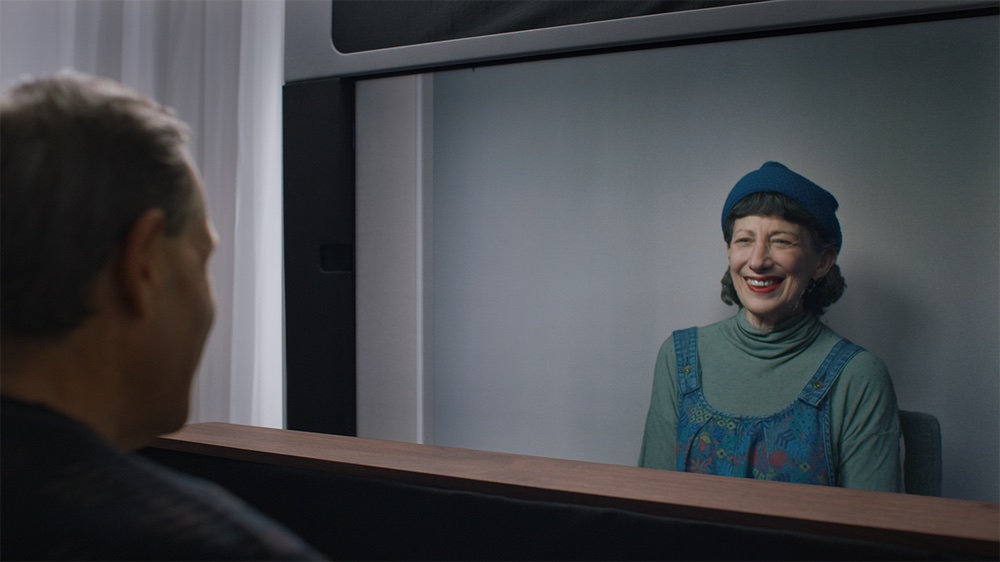We’ve all struggled with Zoom Fatigue in some form, whether personally adopting a staunch “camera-off” policy or dialing in a couple minutes late to avoid awkward pre-meeting small talk. Matsuko, a startup launched by Maria Vircikova, seeks to make these virtual get-togethers less stilted by using holograms, a futuristic technology long dismissed as fantasy but with manifold real-world applications. Using the company’s iPhone app, realtime 3D images streamed via iPhone cameras replicate the feeling of an IRL conversation during remote meetings. Members equipped with special glasses can view and interact with other parties as if they were in the room.
Matsuko is hardly the first company experimenting with holograms to work out the kinks of remote meetings. Portl projects a user’s likeness inside a seven-foot-tall box that costs a cool $65,000. Students at the University of Central Florida are utilizing the technology to practice their bedside manner when diagnosing Parkinson’s disease, while rapper and producer Sean Combs notably beamed into his son’s party to sing “Happy Birthday” when he couldn’t be there to celebrate. The company, which has raised $15 million to date, anticipates selling 500 booths and 5,000 smaller tabletop units in 2022 alone.
Google is spearheading Project Starline, a projection system that acts as a “magic window” through which users can interact with life-size 3D holograms that appear to be sitting directly across from you without additional glasses or headsets. It’s only available internally for now, but the company soon hopes to apply some of Starline’s advancements to its suite of communication products.


